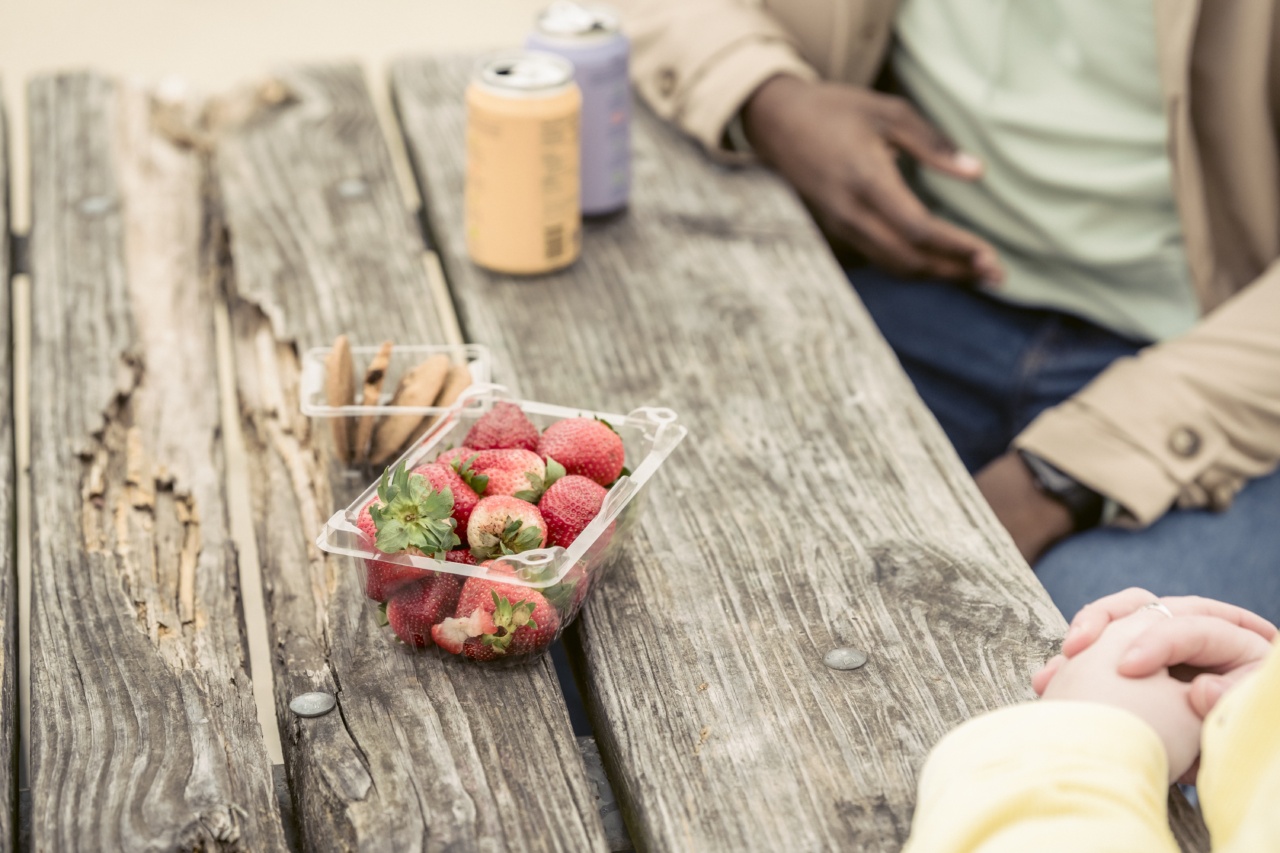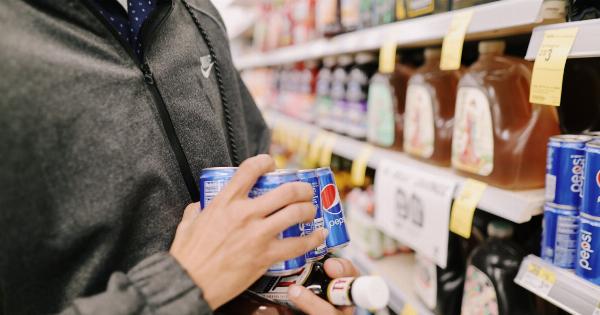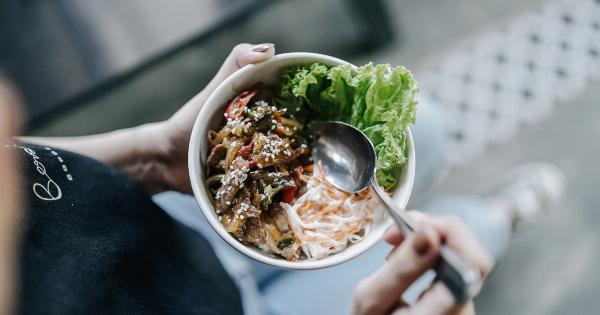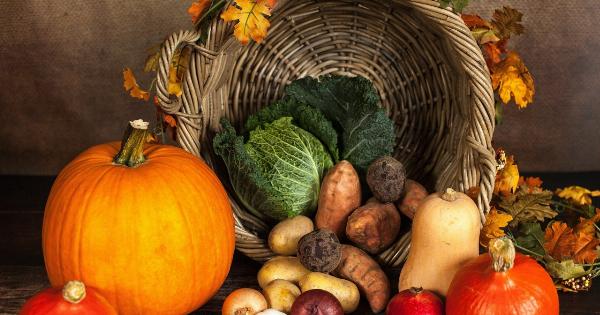When it comes to food, it’s important to keep it safe in order to prevent foodborne illness. One of the factors that affects food safety is how long food can last outside before it goes bad.
In this article, we’ll take a closer look at this issue and provide tips on how to keep your food safe when you’re out and about.
The Danger Zone
The “danger zone” is the temperature range between 40°F and 140°F (4°C and 60°C). This is the range in which bacteria multiply the fastest and can cause food to spoil or become unsafe to eat.
In general, you want to avoid leaving food in the danger zone for more than two hours. For food that is more prone to spoilage, such as meat, poultry, fish, or dairy products, the time limit should be reduced to one hour.
Cooked food
When you’ve cooked food, you want to make sure it doesn’t spend too much time in the danger zone.
If you’re serving food buffet-style or at a potluck, make sure to keep hot food hot (above 140°F, or 60°C) and cold food cold (below 40°F, or 4°C). If you’re not sure how long the food has been sitting out, it’s best to err on the side of caution and avoid eating it.
Fruits and vegetables
Fruits and vegetables are generally safe to eat outside of the fridge for up to two hours. However, if the temperature is over 90°F (32°C), the time limit should be reduced to one hour.
You can keep fruits and vegetables cool by placing them in a cooler with ice.
Dried fruits and nuts
Dried fruits and nuts are less perishable than fresh fruits and vegetables. They can be kept at room temperature for up to a week, but should be stored in an airtight container.
Bread and baked goods
Bread and baked goods can be stored at room temperature for up to two days. After that, they should be kept in the fridge or freezer.
Canned food
Canned food can last for years, as long as the can isn’t damaged and the contents aren’t spoiled. However, once the can is opened, the food should be treated like fresh food and stored in the fridge.
Leftovers
If you have leftovers from a meal, they can be stored in the fridge for up to four days. If you’re not going to eat them within that time, they should be frozen. Leftovers should be reheated to 165°F (74°C) before eating.
Picnics and outdoor events
If you’re having a picnic or attending an outdoor event, it’s important to keep your food safe. Use a cooler with ice or frozen gel packs to keep your food cold, and make sure to keep hot food hot using a portable grill or heat source.
Don’t leave food sitting out for more than two hours (or one hour in hot weather), and avoid cross-contamination by keeping raw meat separate from other foods.
Conclusion
Keeping food safe is an important part of preventing foodborne illness. By following these guidelines, you can ensure that your food stays safe and delicious, whether you’re out and about or enjoying a meal at home.





























